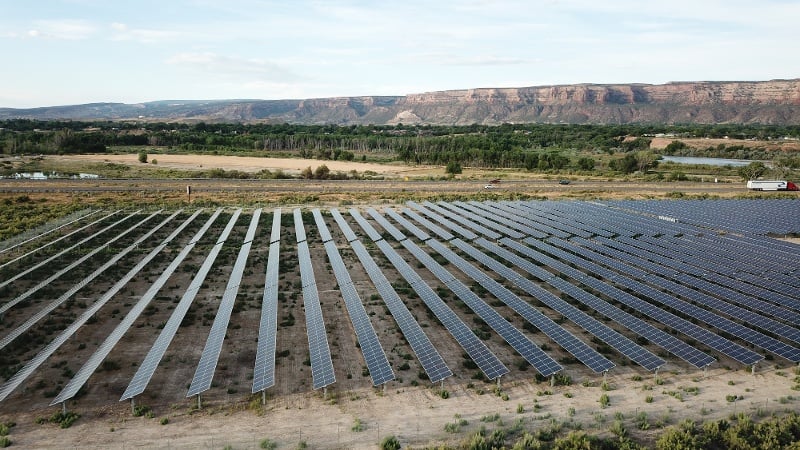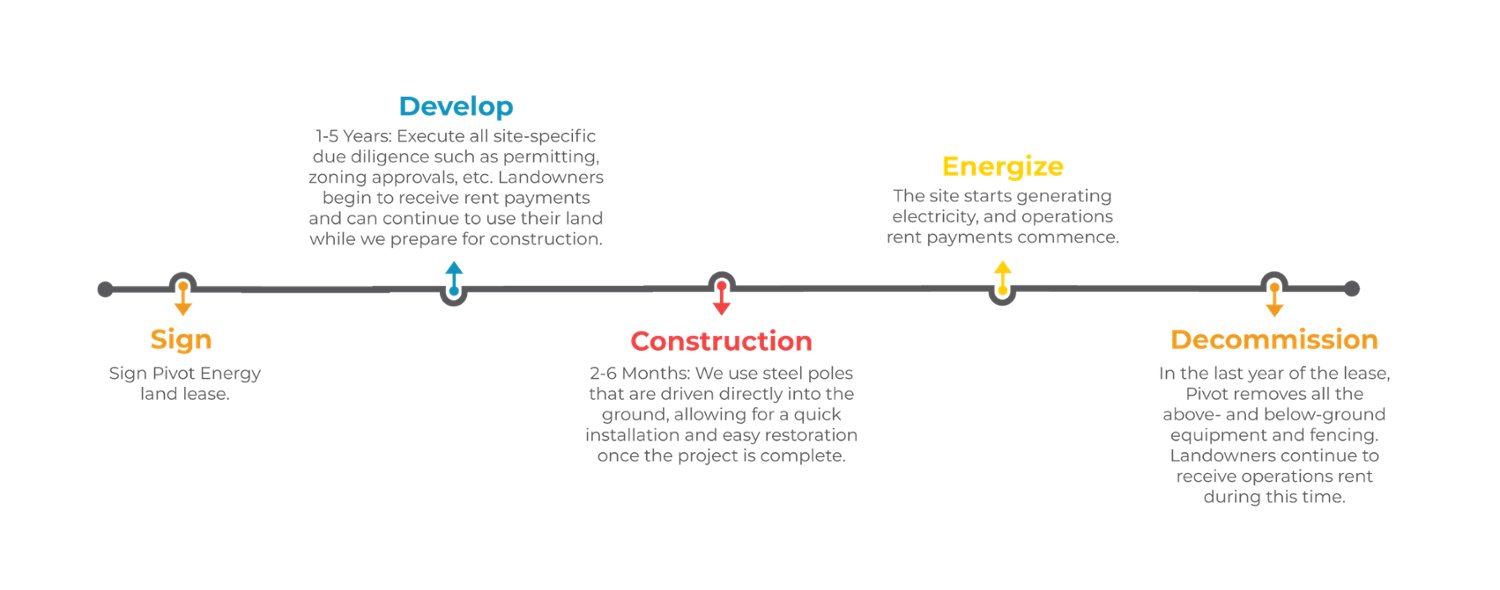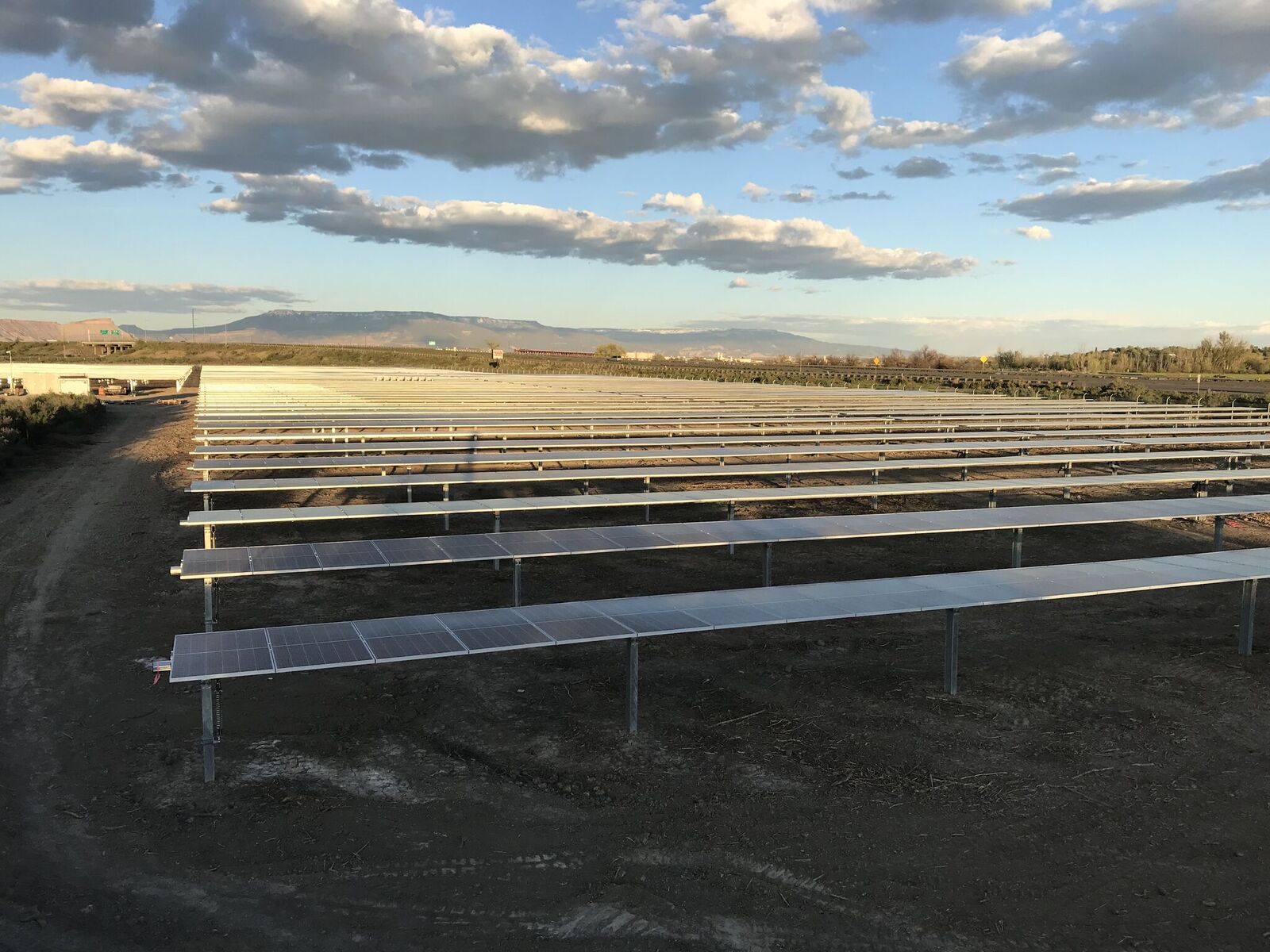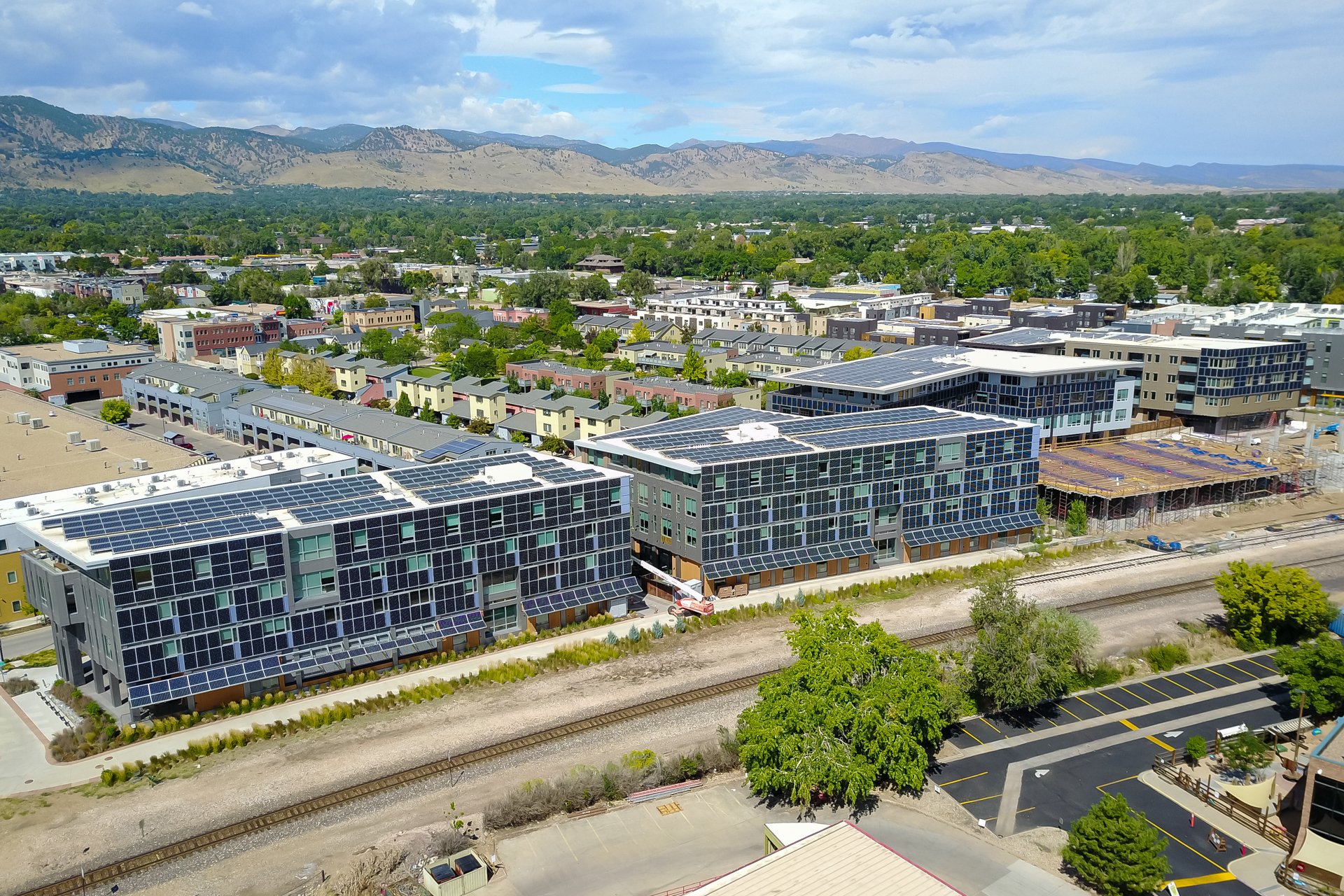What Landowners Should Know about Solar Land Leases
September 22, 2017

Content updated on April 28, 2023
There are many important factors to consider when deciding whether or not a solar array is the right fit for your land. There are many reasons why you should lease your land for a solar farm, but before signing your lease agreement, you should make sure you’re familiar with the following:
How much do landowners make from a solar land lease?
Leasing your land for a solar farm typically generates more revenue than agricultural uses.
A solar lease provides you with a steady and predictable revenue stream for many years, eliminating the cyclical uncertainties of agricultural activities. It is critical that you know the difference between payments made in terms of dollars per acre or dollars per megawatt installed. Some solar companies will offer you a royalty based on a percentage of solar revenue produced, however, it is recommended that you stick to a flat, predictable rate in a unit that you understand—such as dollars per acre per year.
What are my responsibilities for the leased area?
Hosting a solar array shifts the maintenance burden from you to the solar company.
For the leased area, revenue will increase while landowner responsibility decreases, providing you with more free time and resources to partake in other activities.
What is it like being near a solar farm?
Operating a solar array produces no pollution, no traffic, and no light.
Solar developers typically visit a solar array 2–4 times yearly to manage vegetation and conduct routine maintenance. After a while, most landowners will forget that there’s a solar array on their land.
What will be built on your property?
Along with solar panels, you should expect the developer to build an “equipment pad” within the leased area, containing the associated electrical equipment.
New electrical infrastructure may be required to connect the solar array to the existing electrical grid equipment. In these circumstances, additional electrical equipment might be necessary to carry the electricity across land not covered in the leased area. The solar company must also provide your local fire department with sufficient access to the solar array, which typically involves connecting the nearest public right-of-way to the equipment pad with an all-weather gravel road.
How long does a solar land lease last?
A standard lease is 20 years long, however, many developers will offer to extend your lease further.
The length of the lease is determined by two factors. The solar developer has an obligation to your local utility to provide power for a predetermined amount of time. Additionally, financial backers will often require extension options because solar arrays are built with robust equipment that can operate beyond the initial utility term. The maximum operating term for a solar farm is often 40 years.
How long is the construction timeline?
The time between signing a lease and the construction of the solar array can vary widely, ranging between a few months and a few years.
Various steps throughout the construction process help guarantee that the solar project may legally inhabit your land and operate free of risk for many years. Solar developers are often required to get land use approval from the local authority having jurisdiction (AHJ) for a given area. Additional site activities include geotechnical investigations, surveys, environmental reviews, interconnect agreements, surface use agreements, and other miscellaneous requirements—all of which must be completed.

What questions should you ask the solar developer?
Does the solar company have an agreement with the local utility company to connect the project to the grid?
It is not uncommon for a developer to lease land in hopes of gaining permission from the utility at a later date. Regardless, your land lease agreement should include provisions that allow the lease to be terminated without penalty should the developer not receive this permission from the utility by a mutually agreed upon date.
Is there a plan in place for removing the solar array when the agreement with the utility ends?
Once the lease term expires, the solar developer should be responsible for removing all their equipment and returning your property to the same condition (or better) than it was found.
Are you working with a trusted solar provider?
If you're a landowner considering leasing your land for a solar farm, it's important to have a clear understanding of what to expect throughout the process. The Pivot Energy team is more than happy to answer any questions you might have and will ensure that you don’t miss out on this incredible opportunity to generate a steady and predictable stream of revenue while helping the environment. Contact us today to learn more!


